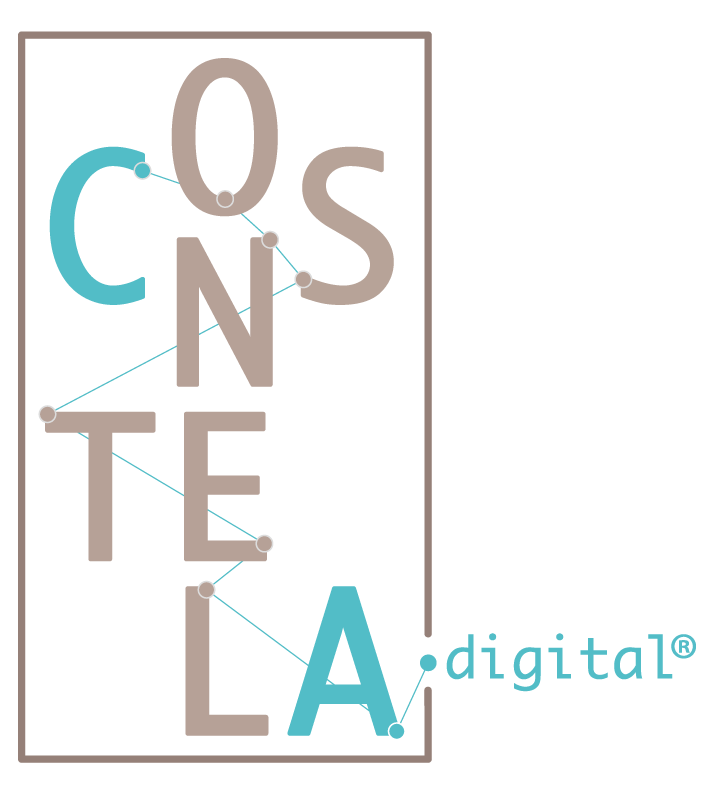Among the numerous approaches developed to understand better, organize, and solve diverse societal issues reaching the system equilibria, Systemic Constellations (SysC) play a role of outstanding interest and rich discussion and relevance. Due to it, the scientific community has conducted several initiatives to understand the dynamics of constellations through research projects and applying them in different contexts (Perazzoli and De Santana Neto, 2022).
Constellations are based on feelings, sensations, perspectives, movements, and references that bring rich information, often clearly and unveiled to the individuals involved in the practice (Perazzoli and De Santana Neto, 2022). Thus, understanding the emotions involved in SysC dynamics is an imperative factor to advance in further research. There are several ways to do it (Meiselman, 2021). Herein, we will present some strategies to monitor and measure emotions as well as the possibilities offered by computational simulation approaches.
Fig.1. (based on Pal et al., 2021 and improved by authors view) shows possible useful data sources that can be obtained through external (e.g., video, image, audio, and text) and internal (e.g., electrical and non-electrical sensors) individuals’ responses in SysC dynamics (EEG: electroencephalography, ECG: electrocardiogram, EOG: Signals from outer retina, EMG: Nerve’s stimulation of the muscle, GSR: Signals from sweat gland activity, PPG: photoplethysmography).

It should be noted that approaches generally applied by clinicians for assessing emotion, such as self-report questionnaires and observer-rated methods will be not discussed here. For the public interested in this topic, Meiselman (2021) is suggested.
Furthermore, computational models are effective to generate insights into emergent behavior resulting from actions and interactions that occur within complex systems. Notably, such methods provide a theory-building tool for the development of comprehensive, interdisciplinary, and integrative technologies for the investigation of the inherent attributes and aspects of the SysC phenomena itself (Lungeanu et al., 2022; Macy and Willer, 2002; Perazzoli et al., 2022).
It is essential to emphasize that the intention here is not to restrict the understanding of SysC techniques employing a simplified representation in computational models, even due to the limitations of such simulations in describing the richness of individuals’ psychosocial behavior. It is intended to present new prospects to help researchers understand the mechanisms involved in these techniques, opening possibilities to reproduce and validate the theory in a controlled environment with a deterministic aspect, enabling detailed analysis and a better understanding of a given system (Perazzoli et al., 2022).
Yet, In addition to the ethical responsibility of SysC facilitators (Perazzoli et al., 2022), the implementation of strategies for system monitoring, measuring, and modeling will imply dealing with data management frameworks, including the development of inclusive and not biased algorithms and, consequently, the ethical challenges involved (Akter et al., 2021; Morán-Reyes, 2022; Norori et al., 2021). Attention should be given to privacy policies, data, and identity protection, among others. The available legislation may vary from country to country, so, one should be aware of the rules of the country in which the studies are being conducted. Once, cross-country studies may also occur, thus, the planning may consider to meet all law demands.
Keywords: Social systems, mental models, systemic constellation, computer simulation, artificial intelligence, measurement
The complete study is available at: https://papers.ssrn.com/sol3/papers.cfm?abstract_id=4219827
Cite as:
Perazzoli, S., de Santana Neto, J.P. 2022. Prospecting Technological Tools to Progress in Systemic Constellation Research and Development (September 15, 2022). Available at SSRN: http://ssrn.com/abstract=4219827.
Do you want to know more details and enjoy this novelty? Contact us.
